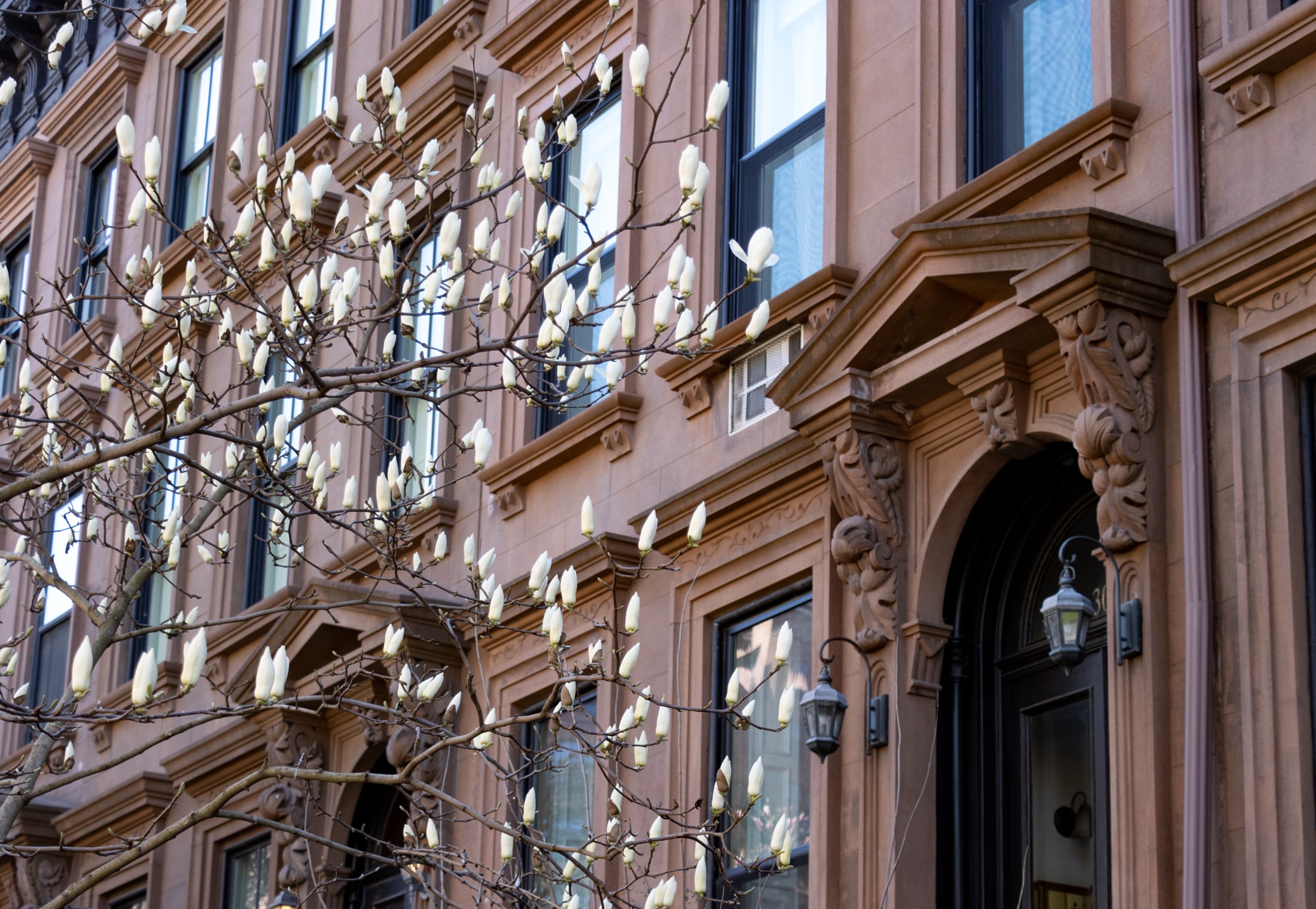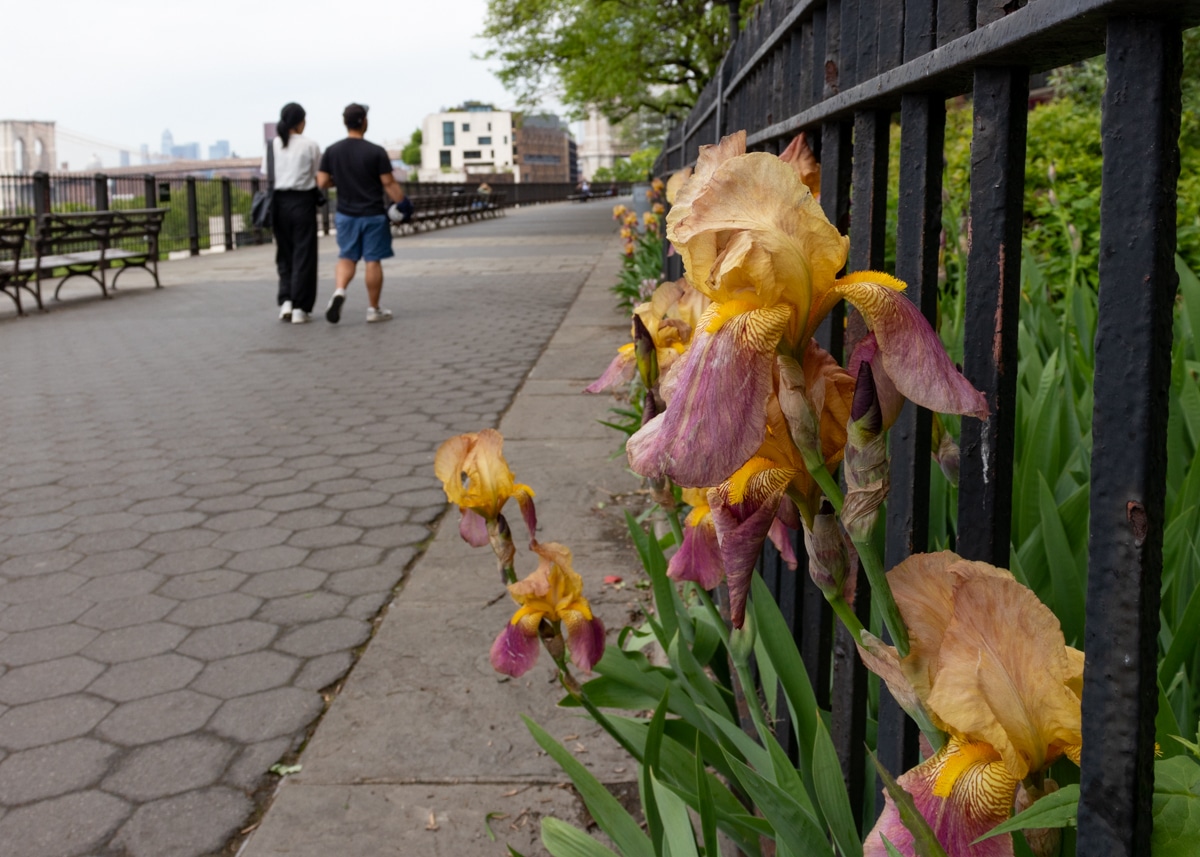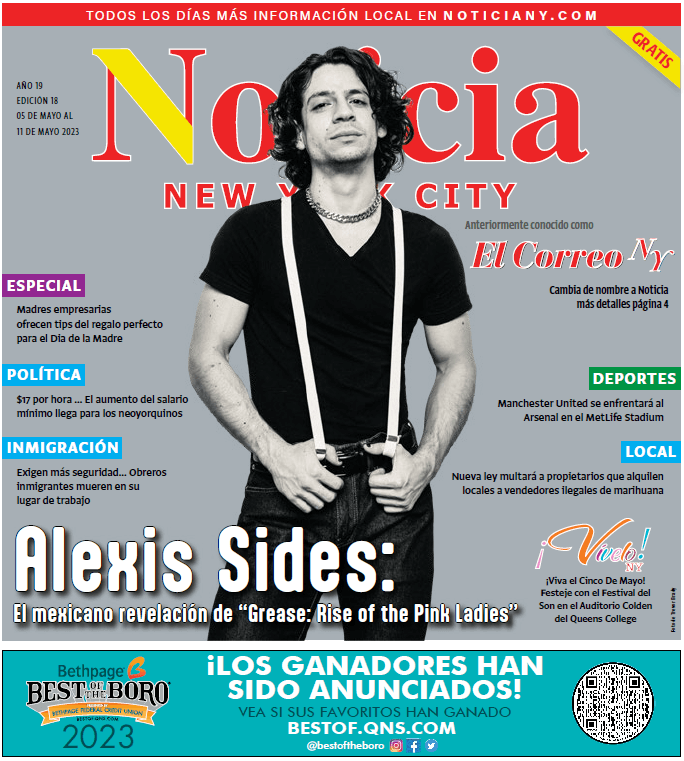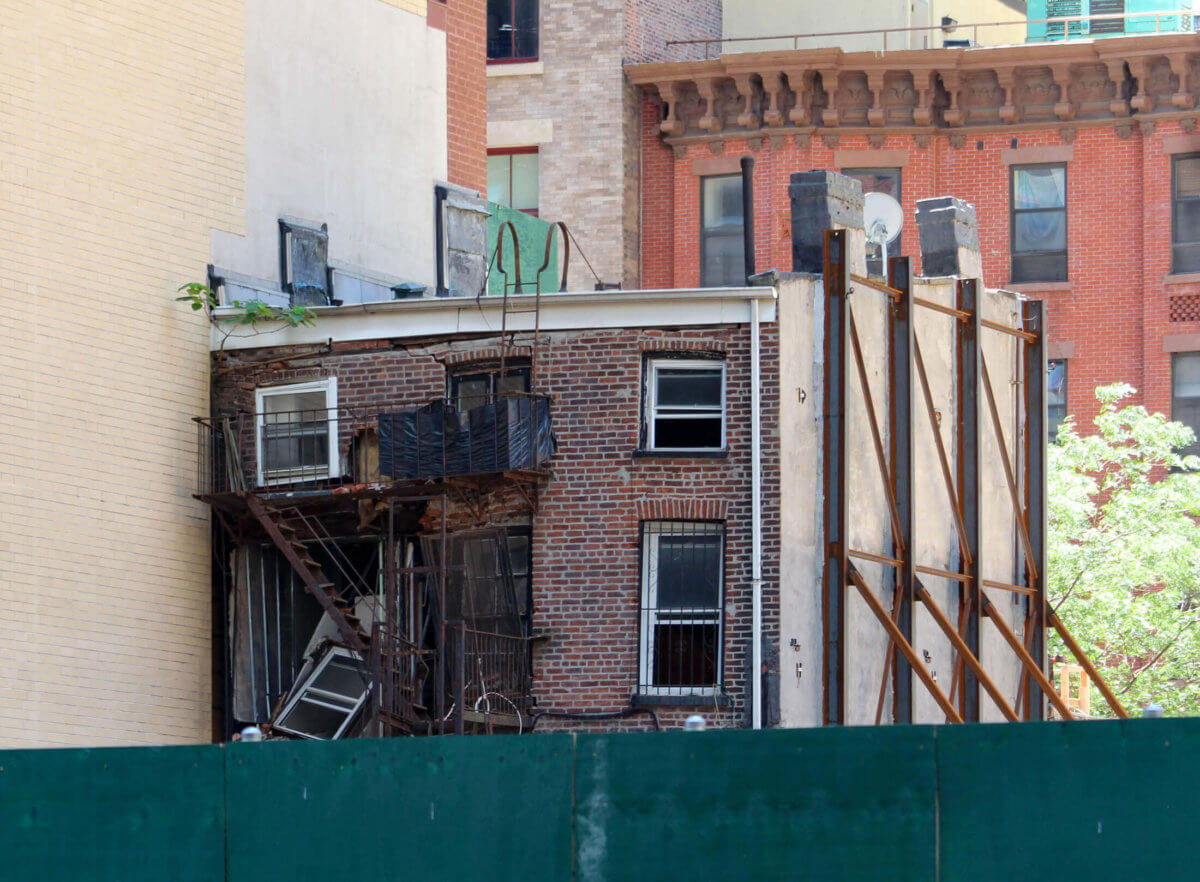Those historic millstones in Queens Plaza will be given a sign
Image source: DNAinfo Recently, DNAinfo reported on the historic millstones that are located at Queens Plaza in the new and lovely Dutch Kills Green (here is a cool interactive image where you can move the tab at the bottom to see before and after shots of the park – the differences are striking). They are significant…

Image source: DNAinfo
Recently, DNAinfo reported on the historic millstones that are located at Queens Plaza in the new and lovely Dutch Kills Green (here is a cool interactive image where you can move the tab at the bottom to see before and after shots of the park – the differences are striking). They are significant historically, so much so that the Parks Department is working on a “description to communicate the millstones’ history to park-goers.” We might get to see the signs on display by the end of the year, as soon as the Public Design Commission approves of it.
We caught wind of these millstones back in 2010, when community activists were trying to find a home for them – during construction of the Dutch Kills Green, they were sitting in the midst of the construction staging area there. The Queens Historical Society was initially contacted about housing them, but they weren’t interested and suggested the Greater Astoria Historical Society. After much debate, they were transferred to the LIC branch of the Queens Public Library. Now they live in the park.
A little history about these millstones – according to Bob Singleton at GAHS, these colonial-era millstones were likely used to make flour in a mill constructed c. 1650 by Burger Jorissen; this makes them one of the oldest European artifacts in Queens. They are about 400 pounds each. Around 1860 that mill was closed so that the LIRR could be built. Members of the Payntar family felt these millstones should be saved to they kept them, placing them in front of their home. After they left, the city took them and embedded them in a traffic triangle at Queens Plaza, until they were removed during construction of Dutch Kills Green.
William Payntar, a direct descendent of the Payntar/Skillman family, who owned much of the land around Queens Plaza and Dutch Kills, wrote, “The Historic Payntar Millstones, were used to made flour for Washington’s Continental Army and is indeed a Treasure and worth Preserving. The Millstones are priceless and played an important part not only in the Revolutionary War but the old way of life in Dutch Kills.”
Historic Millstones in Queens Plaza Will Get Signage [DNAinfo]
LIC Millstones Blog
Millstones at Queens Plaza [astorians.com]








What's Your Take? Leave a Comment